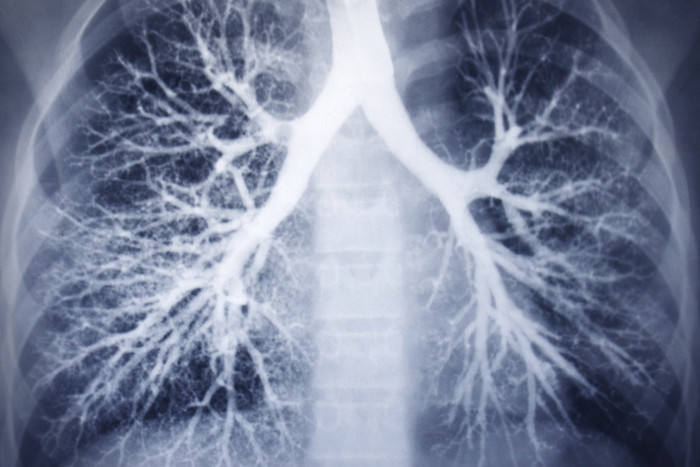Computer model to predict post-surgical complications
A new computer model may predict which lung surgery patients are more likely to develop complications after surgery. A care team could then intervene early to try to avoid intubating or sending the patient back to the ICU

Pamela Samson, MD, a Barnes-Jewish Hospital surgery resident in her research year at Washington University School of Medicine, compiled data on vital signs, which are taken every hour in the cardiothoracic observation unit and every four hours on the hospital floor. She is applying that data to create a model, based on one developed by the pulmonary critical care team at Barnes-Jewish Hospital to prevent sepsis. She works under the direction of Marin Kollef, MD, director of respiratory care services; Bryan Meyers, MD, MPH, chief of thoracic surgery; and infectious disease specialist Thomas Bailey, MD. The Washington University Department of Computer Science and Engineering has also helped in building and modeling the warning system.
“Patients who have lung transplantation or surgery for lung cancer or other pulmonary conditions already have compromised respiratory function,” says Samson. “So we’re using respiratory factors—such as how much oxygen they’re on and how fast and comfortably they’re breathing—to assess them. If we see that down trending, we can intervene and, we hope, avoid an ICU transfer or intubation.”
Modeling risk, predicting outcomes
The computer model will be built to identify which changes in vital signs and lab values predict poor outcomes. Once the model is in place, a computer would monitor patients for trouble signs and summon a rapid-response nurse if a patient’s condition is deteriorating. Some steps to stabilize patients include:
- using a bronchoscope to visualize the inside of the airways
- using an incentive spirometer, a medical device that helps keep lungs clear
- getting the patient up and walking
In patients with chronic obstructive pulmonary disease, they may use a more aggressive inhaler regimen. And health-care workers could treat atrial fibrillation, a form of irregular heartbeat, more quickly to prevent it from advancing.
A return to the ICU often can have a domino effect, leading to complications such as blood clots and pneumonia. Overall, the goals of the monitoring program are to reduce the number of ICU transfers, re-intubations, cases of pneumonia, length of stay and readmissions.
Samson, a student in the master of population health sciences program at Washington University School of Medicine, expects to begin using the model to monitor patients beginning in late spring of 2015.







